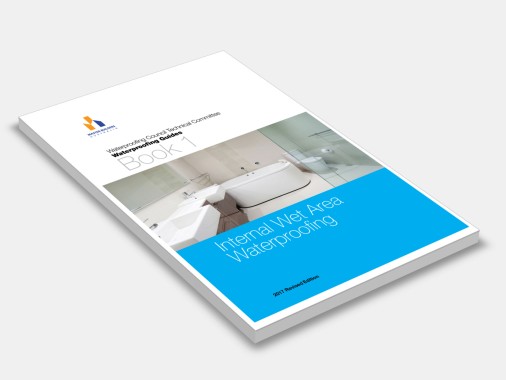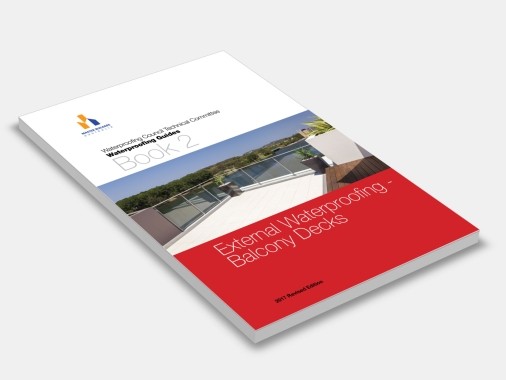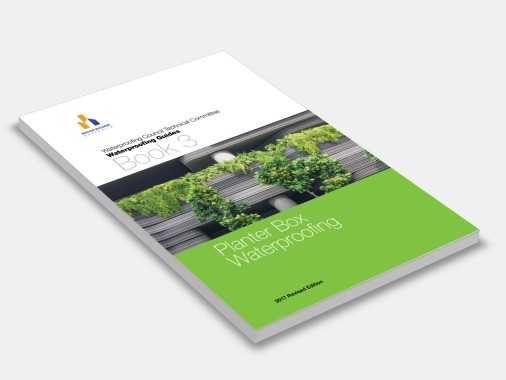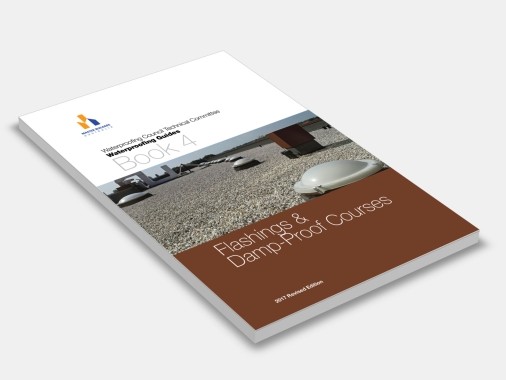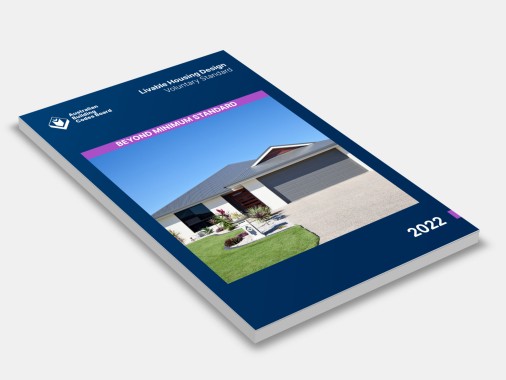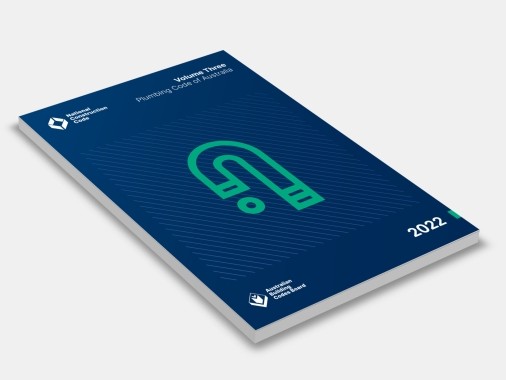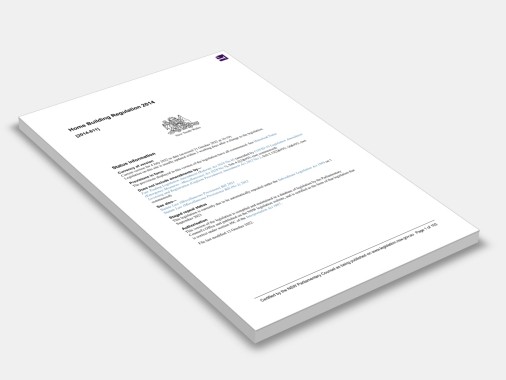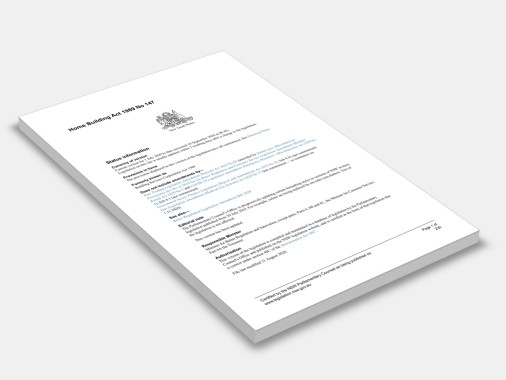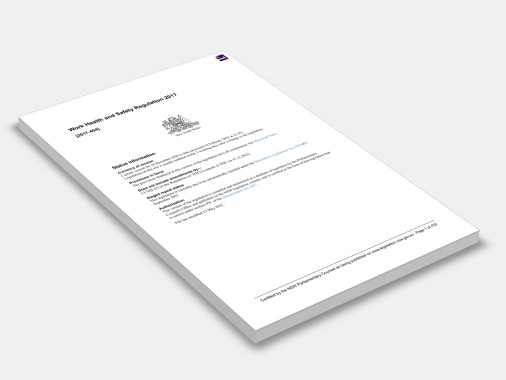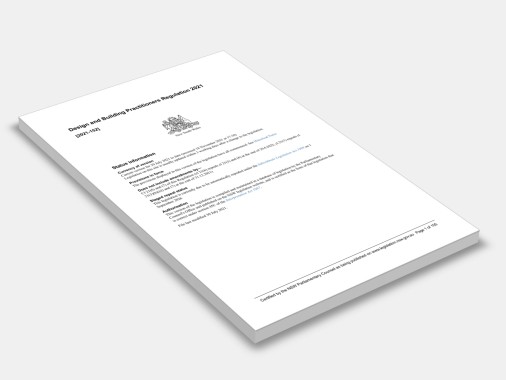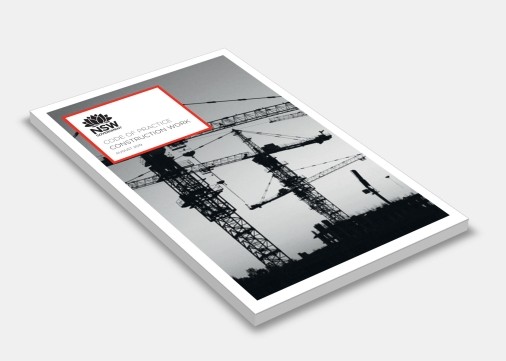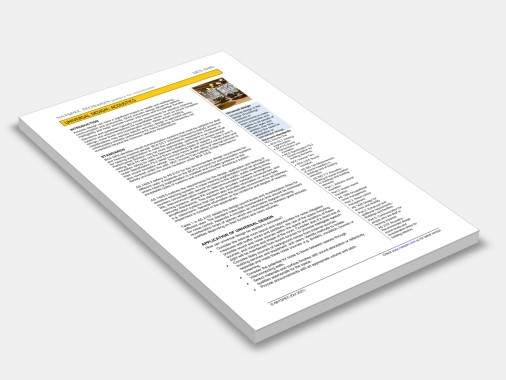Library
Welcome to our library of resources for the building and construction industry.
All your reference material in one place
We have the resources you can rely on, from the publishers you trust. Essential resources for every industry participant.
Use the search bar above or browse through our sections below to find what you need.
A subscriber can see recently viewed resources in their Workspace. You can save them to a project or client folder, add bookmarks, and make your own annotations on the resources.
Codes, standards, legislation, installation guides, product guides, info sheets, and codes of practice are available.
Image

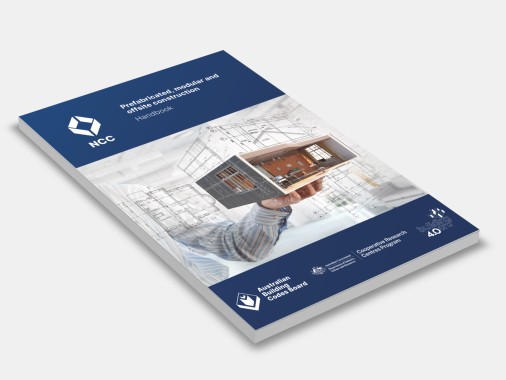
This handbook answers questions about determining evidence to support compliance and common NCC compliance risk areas.
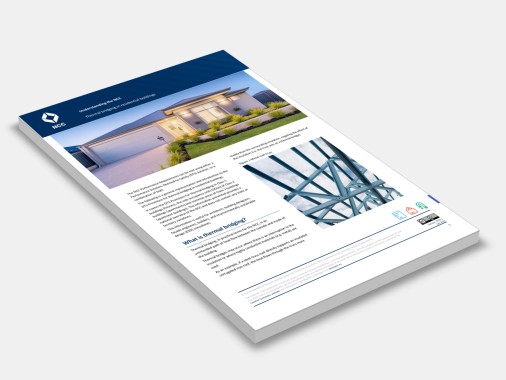
The following is a general representation and introduction to the DTS Provisions for thermal bridging in residential buildings.
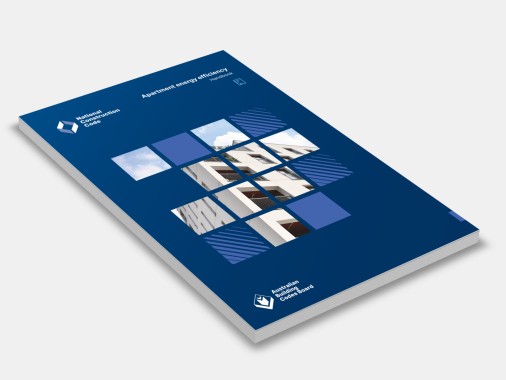
Assists in understanding the energy efficiency provisions in NCC Volume One that apply to Class 2 apartment buildings.
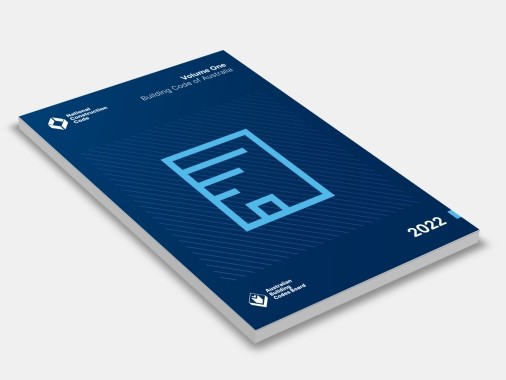
Primarily covers the design and construction of multi-residential, commercial, industrial and public assembly buildings and some associated structures.
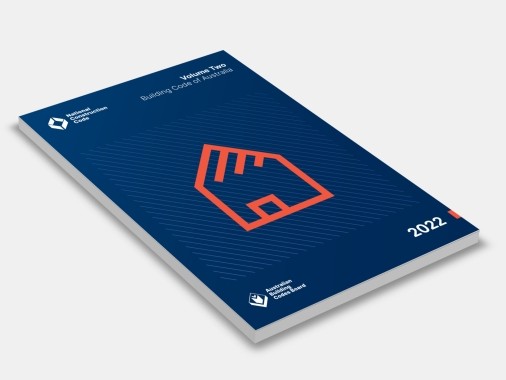
Primarily covers the design and construction of smaller scale buildings including houses, small sheds, carports and some associated structures.
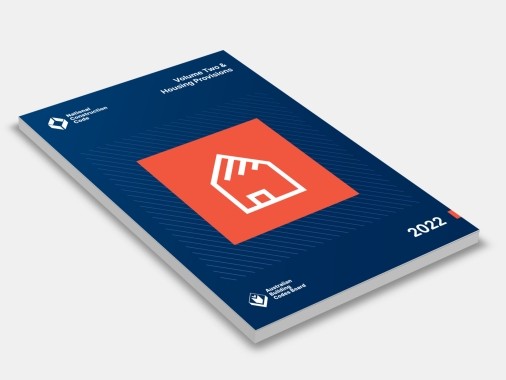
Compiles the National Construction Code 2022 Volume 2 Building Code of Australia AND the ABCB 2022 Housing Provisions Standard.
Covering the design and construction of multi-residential, commercial, industrial and public assembly buildings.
Covering the design and construction of smaller scale buildings including houses, small sheds, carports and some associated structures.
Covering the design, construction and maintenance of plumbing and drainage systems in new and existing buildings.
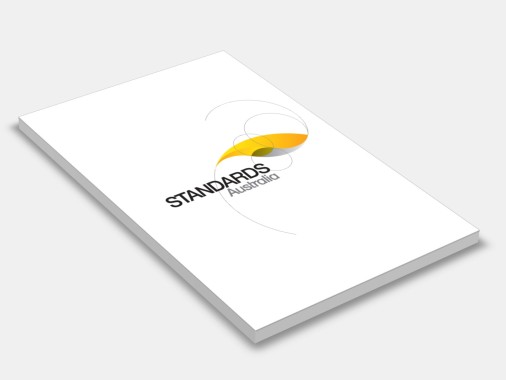
AS/NZS 3500.1:2025 specifies requirements for the design, installation and commissioning of cold-water services, non-drinking water services, and rainwater tanks and rainwater supply systems for drinking and non-drinking purposes. It applies to new installations as well as alterations, additions and repairs to existing installations
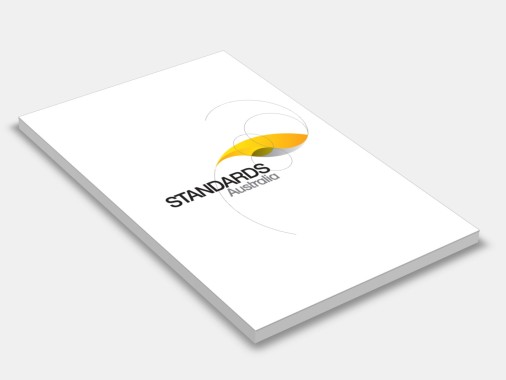
This document specifies requirements for the design and installation of sanitary plumbing and drainage from fixtures to a sewer, common effluent system or an on-site wastewater management system. It applies to new installations as well as alterations, additions or repairs to existing installations. It does not apply to the pre-treatment of trade wastes.
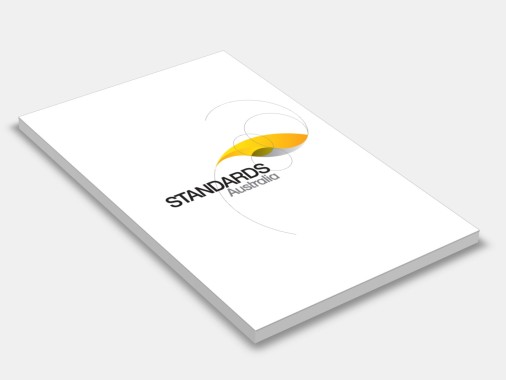
AS/NZS 3500.3:2025 specifies the requirements for materials, design, installation and testing of roof drainage systems, surface drainage systems and subsoil drainage systems to a point of connection
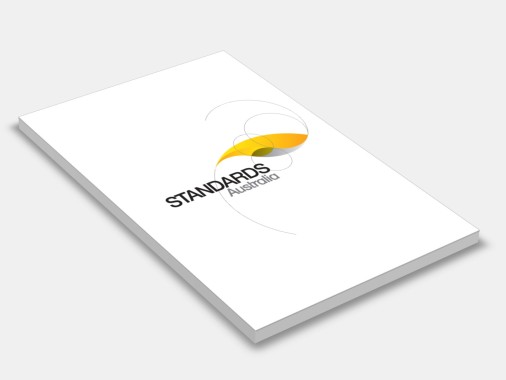
AS/NZS 3500.4:2025 specifies the requirements for the design, installation and commissioning of heated water services using drinking water or rainwater or a combination thereof. It includes aspects of the installation from the valves on the cold-water inlet to any cold-water storage tank or water heater and the downstream fixtures and fittings. It applies to new installations as well as alterations, additions and repairs to existing installations
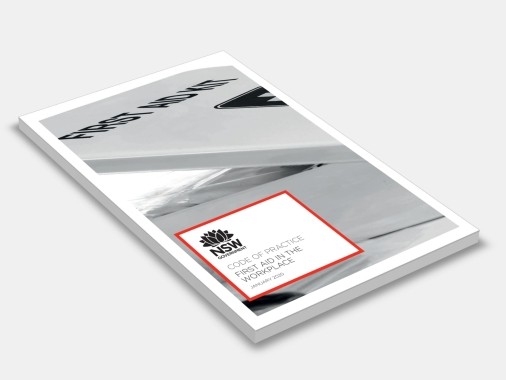
This Code of Practice on first aid in the workplace is an approved code of practice under section 274 of the Work Health and Safety Act (the WHS Act).

This Code of Practice on how to manage psychosocial hazards at work is an approved code of practice under section 274 of the New South Wales Work Health and Safety Act 2011 (WHS Act).
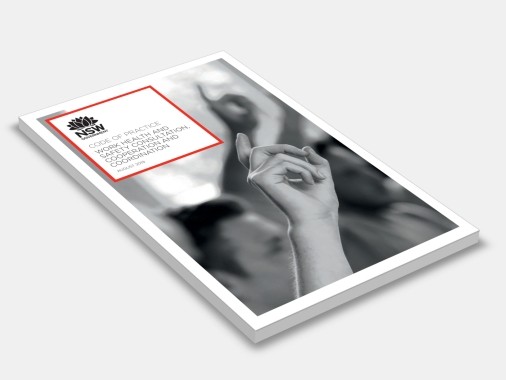
This Code of Practice on how to meet the requirements for consultation, cooperation and coordination on work health and safety matters is an approved code of practice under section 274 of the Work Health and Safety Act (the WHS Act).
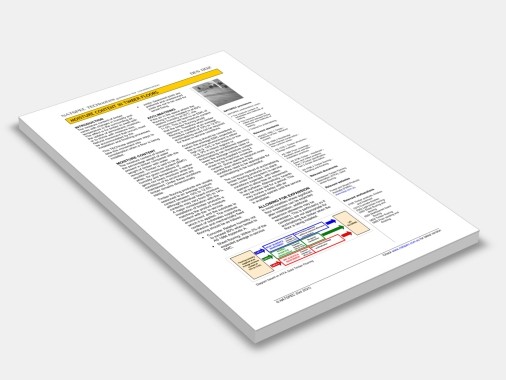
The moisture content of timber varies with changes in humidity and temperature in the surrounding air. The effect is for timber to swell with the uptake of atmospheric moisture, or to shrink with moisture loss. Natural movement that occurs must be accommodated by the installation and finishing processes.
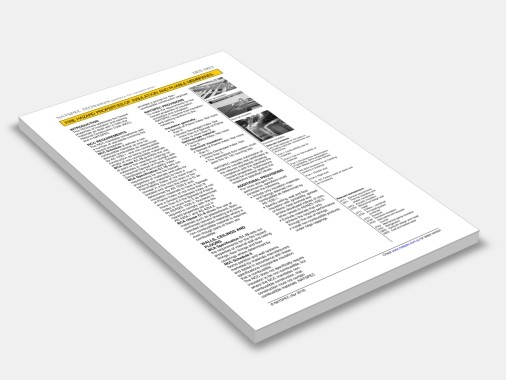
This TECHnote addresses fire hazard properties of insulation and sarking materials as dealt with in both the National Construction Code (NCC) and in NATSPEC.
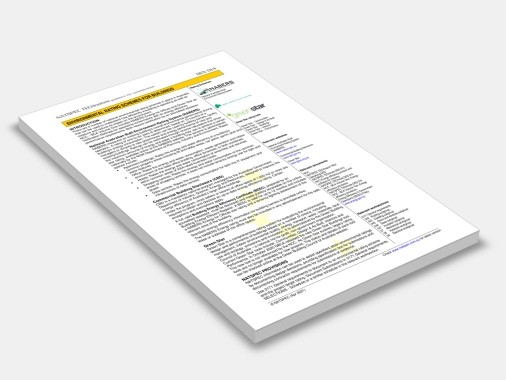
There are a number of national environmental rating schemes in place in Australia that can be used to understand how efficiently a building is operating as well as measure and reduce its impact on the environment.
